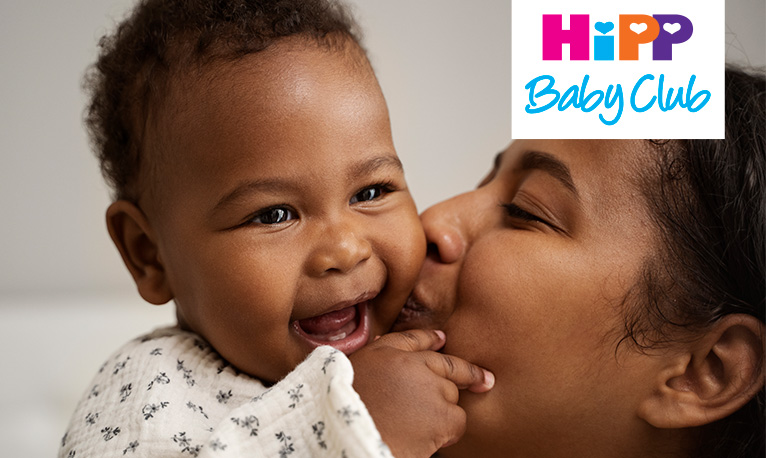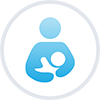Week 37
In week 37, you’re in the tenth month of your pregnancy. People often think pregnancy lasts 9 months, but it’s actually a little longer until the baby is born, so it’s best to think of it as lasting about 9 ½ months. You’ll be working hard to get ready for life as a mum, and your baby is also doing everything they can to prepare for the day when they’re born into the big wide world, lie in your arms and smell their parents for the first time.
Your baby has gained another centimetre in length since last week, making them now 48 cm long. They weigh 2927 grams, nearly 3 kilograms, so they’ll soon be at their birth weight.
Leaving the house?
You'll probably want to make sure you have your maternity notes and birth plan with you! Have your hospital bag packed and ready near the door too – you might be needing it sooner than you think! Take a look at our handy hospital checklist if you're not sure what to pack.
Top tips
- Get as much rest as you can and try to enjoy the remainder of your pregnancy with your loved ones.
- Come up with a plan for the moment birth begins: How will you get to the hospital/midwifery unit? Who will go with you? Who will you tell and when? Do you know where your bag is? This will help you by reducing your stress levels.
- You can wear highly absorbent sanitary towels to avoid getting your underwear wet if your waters suddenly break.
- Start thinking about the time after the birth, when you’ll be recovering your strength in order to cope with the everyday reality of having a baby.
What it’s like for the mum-to-be in week 37
You're bound to be feeling restless and agitated about what you’re about to experience. Especially if this is your first baby, you’ll be unsure what your body’s symptoms mean and won’t know whether or not they indicate that birth is imminent.
Your internal organs feel increasing pressure
If false labour (which moves your baby down into your lesser pelvis so that they’re in the position for birth) hasn’t happened yet, it will this week. This will increase the load on your lesser pelvis and pelvic floor, which you’ll feel as a kind of downward pressure, though it does mean your lungs won’t be as squeezed and you can breathe more freely. Exercises where you move in a gentle, circular motion will help you avoid pelvic floor muscle cramps, alleviate the pressure and make you more relaxed, as well as help your baby get into position for birth.
Noticing the first signs that birth is imminent
The process of giving birth could now begin at any time. Frequent early signs you may experience are wind with diarrhoea, vomiting, headaches, serious backache and abdominal pain, but the major sign that real labour is on its way is when you notice discharge containing blood. This indicates that the mucus plug in front of your cervix is finally loosening. When real labour begins, the amniotic sac will burst (your “waters break”) in most cases, which you’ll notice as a trickle or gush of amniotic fluid coming out of your vagina. It will bring on labour and therefore birth, so you shouldn’t leave it any longer before setting off for the hospital – even if you don’t experience labour immediately after your amniotic sac bursts, you should go there straight away.


